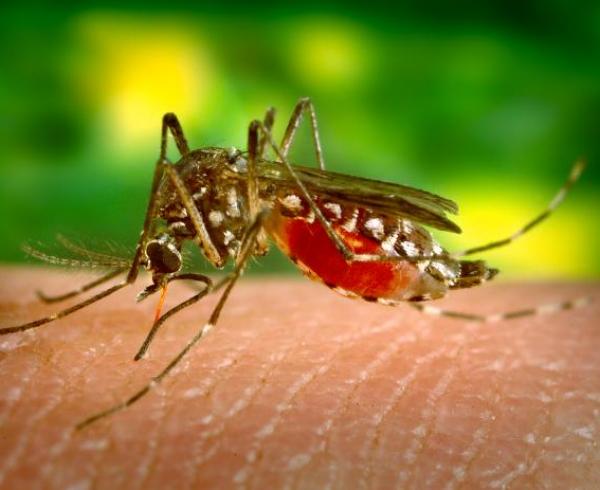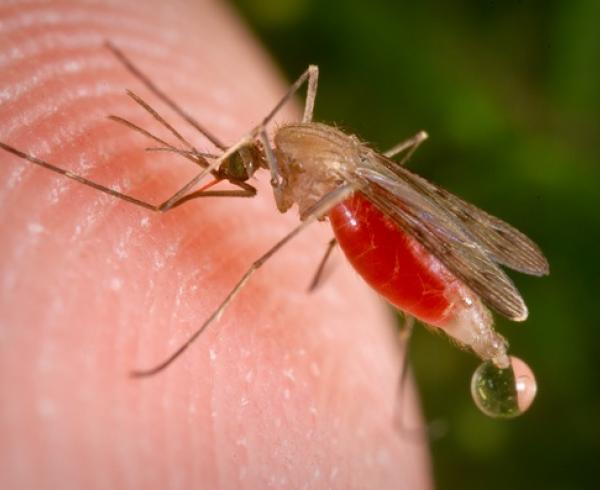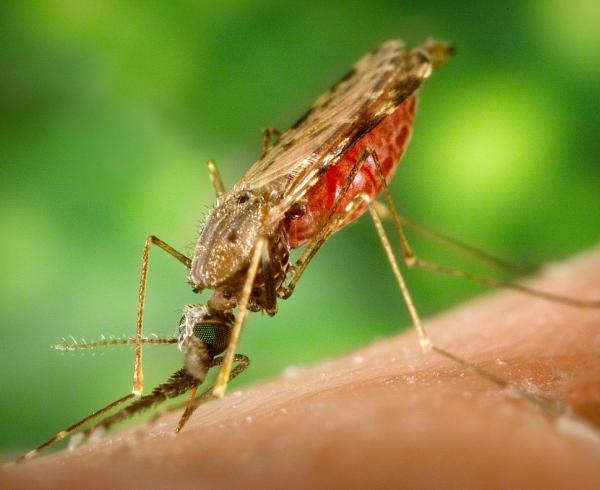Anopheles, the Vector
Anopheles was introduced as a genus of mosquitoes in 1818 by Johann Wilhelm Meigen, a German entomologist famous for his revolutionary studies of Diptera. Little was done on the taxonomy of Anopheles until the discovery during the last two decades of the 19th century that mosquitoes transmit microfilariae and malarial protozoa, which initiated a drive to collect, name and classify these insects. In 1898, the Royal Society and the Rt. Hon. Joseph Chamberlain, Secretary of State for the Colonies of Britain, appointed a Committee to supervise the investigation of malaria.



